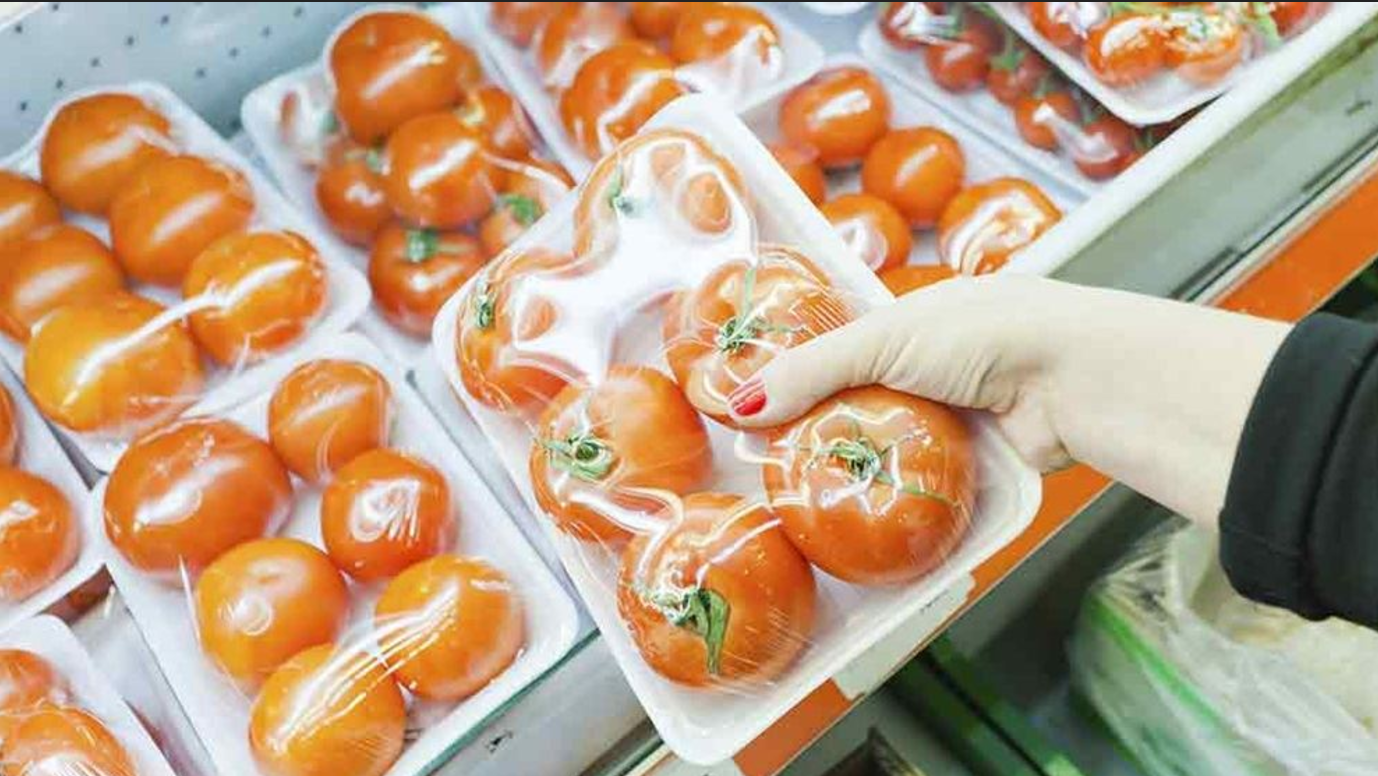Why do we only label what is on the inside of packaging, but not the packaging itself? Packaging is treated as if it is invisible, harmless, a non-entity, but in reality it is often made of harmful plastics. Many studies show that plastics leach chemicals used in their production, such as phthalates, and side effects include endocrine disruption (neurological and developmental impairment, including sperm count reductions) and toxic bioaccumulation (chemical compounds working their way up the food-chain and causing health effects).Why would it be a good ideas to wrap our foods in these plastic sheets? We wonder why cancer is such an epidemic; why fertility is going down; why developmental disorders are on the rise. Yet, the connection is clear: what we do to nature we do to ourselves. Modern society uses chemicals without care – like a 5-year old dumping sprinkles all over a cupcake – we think it’s good for us, its our culture, its harmless, but really all those chemicals are getting the better of us.
Human got along just fine as a human species without plastics for hundreds of thousands of years, and now since WWII plastics have completely taken over, worse than any plague or disease. But in some ways plastics are a disease, a sign of clouded thinking and distorted awareness of what is harmful to humans and the ecosystems that support life on this planet. If you were asked to put your food in an oil and chemical pocket, would you do that? But yet, rebranded as a useful human material, plastic can now be found everywhere in modern society as if it were an innocuous substance. Plastic is really a clever way for the oil companies to make extra profit from crude oil refining; and with shale oil booming, the plastic production has even increased. In the recent report “Production, use, and fate of all plastics ever made” (Geyer et al., 2017), the report finds “As of 2015, approximately 6300 Mt of plastic waste had been generated, around 9% of which had been recycled, 12% was incinerated, and 79% was accumulated in landfills or the natural environment.” So not only are we wrapping our food in toxins, we are then doing second-hand, third-hand, and fourth-hand harm ad infinitum to the soil, air, water, and other species that have to deal with our garbage. Time to see plastic as a toxic substance harmful to all life. Getting rid of plastic packaging means supporting traditional, organic materials for packaging; using/supporting local foods & agriculture; less transportation CO2 emissions; helping the local economy; and essentially creating localized economies of care. Who needs plastic strawberries flown halfway around the world in winter anyway? Sounds pretty ridiculous.

